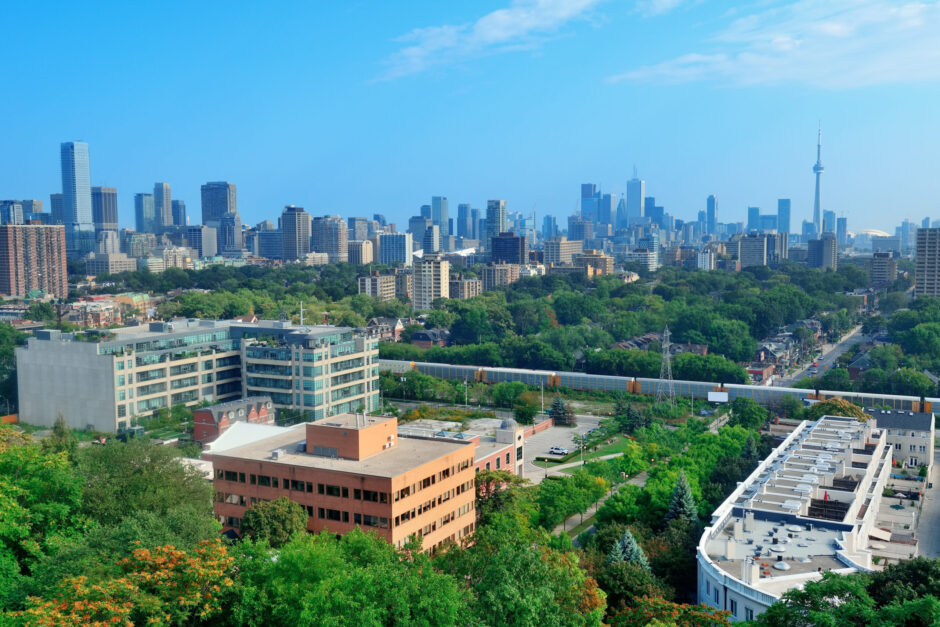Looking Ahead to Canada’s Demographics in 2041
Understand Canada’s current demographic trajectory in Statistics Canada’s report and how the country figures to look ethnoculturally in 2041.
The world can change a lot in 20 years, and that reality is no different when we look at Canada in particular. On September 8, Statistics Canada released its projection for Canada’s demographic makeup in the year 2041.
These projections, which are rooted in data from 2016’s Census of Population, provide some key insights into where present figures and statistics project the country to be from a demographic standpoint in roughly 19 years.
A record-high proportion of immigrants in the Canadian population in 2041
Furthering a trend that began more than two decades ago, immigration is projected to continue being one of Canada’s primary population drivers over the coming decades.
Accordingly, Statistics Canada projects that the immigrant population in Canada could skyrocket by anywhere from 7.2% and 12.1% between 2016 and 2041.
Using more concrete numbers, StatsCan predicts that the percentage of immigrants in Canada, which was 21.9% in 2016, could balloon to somewhere in the range of 29.1% to 34.0% in the next nearly 19 years — a number that would represent the highest historical level in the country’s 155-year history.
In 2041, if current trends continue, half of the Canadian population will be made up of immigrants and their Canadian-born children
In line with the expected increase in Canada’s immigrant population, it is anticipated that, by 2041, “immigrants and their Canadian-born children” could account for 52.4% of the country’s total population based on the reference scenario used by StatsCan. This would be an increase of 12.4% from 2016 when Canada’s population came in at 14.4 million and the same group made up 40% of that total.
What’s more, is that the above percentage (52.4%) may be just in the middle range of possible outcomes. In fact, it is suggested that the actual number could be as high as 54.3% (with the low-end figure coming in at 49.8%).
This would mean that the number of immigrants and their Canadian-born children in Canada could be somewhere between 23.7 and 25.9 million (according to the projected Canadian population of 47.7 million in 2041).
In 2041, about 2 in 5 Canadians will be part of a racialized group
As StatsCan gets deeper into the specificity of Canada’s projected demographics in 2041, it is revealed that the racialized population in the country could reach between 16.4 and 22.3 million people. This figure would mean that racialized persons in Canada project to account for between 38.2% and 43% of Canada’s total population, up from 22.2% in 2016 (when the number of people in this category was 8 million).
Note: The Canadian government notes that the descriptor used here — “racialized” population — refers to “persons belonging to a visible minority group”, as derived directed from the “visible minority group” variable that has been part of the information collected through Statistics Canada’s Census of Population since 1996.
In 2041, 1 in 4 Canadians will be born in Asia or Africa
From an even more granular perspective, forecasts suggest that 1 in 4 Canadians will be born in either Asia or Africa by the year 2041.
Between 9.9 and 13.9 million African or Asian-born people are estimated to be a part of Canada’s total population in 2041, which would account for anywhere from 23.1% to 26.9% of people in the country. This result would represent a significant increase from 13.5% in 2016.
Immigrants would continue to be concentrated in Toronto, Montreal and Vancouver
Thus far, a significant degree of Canada’s demographic makeup is projected to change by 2041. One thing, however, that is expected to remain constant is immigrant preferences regarding where in the country they will choose to settle.
Several key reasons for this continuation include such factors as pressures on the housing market and the development of urban infrastructure. Regardless of the specifics though, the overall sentiment is that Canada’s current reality is not projected to change in the future. The key takeaway from this part of StatsCan’s report is that most of Canada’s immigrants will continue to live in a Census Metropolitan Area (CMA) and three cities — Toronto, Montreal, and Vancouver — will continue to dominate immigrant residence in the coming decades.
What this all means: Canada, a nation of contrasts today, and even more so tomorrow
Generally, the anticipated increase in immigrant movement to Canada is expected to exacerbate present ethnocultural gaps across the country over time.
For instance, the presence of racialized persons is expected to generally increase across the country but remain significantly higher than the national average (over 41%) in the following nine Ontario or central/western Canada CMAs: Toronto, Vancouver, Calgary, Abbotsford–Mission, Edmonton, Winnipeg, Ottawa–Gatineau (Ontario portion), Windsor, and Regina.
On the other hand, the inverse reality is expected to take shape in eastern Canada, Quebec, the country’s rural communities and most of every province’s other CMAs (not identified above) — all places where the proportion of racialized people projects to fall below the national average.
source: cicnews.com


